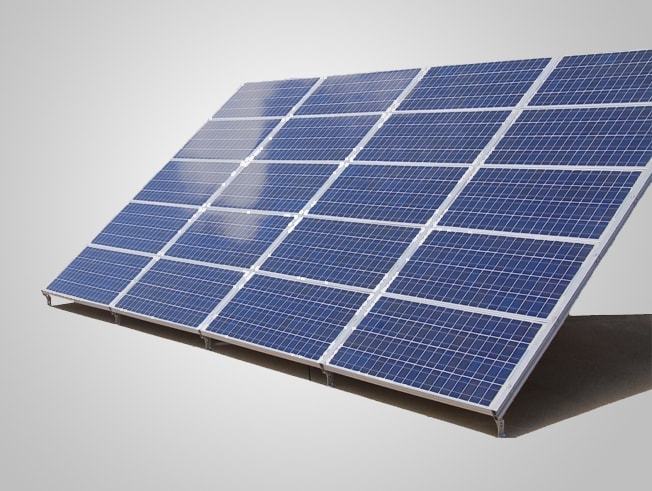
Performance of Solar Panels in Winter Solstice
- Do solar cells work in the winter season?
- Does the change in season affect the performance of the solar cell?
- What are the optimum conditions for a solar cell to work?
The answers to all these questions will be discussed in this blog.
Starting with the first question.
Many people consider that solar cells are only beneficial for the summer season and are of no use in winters.
This is a myth.
To understand this,
we need to understand the basic working of a solar panel.
The electrons in the solar cell are excited due to the light energy from the sun and not the heat energy.
Thus, it is the intensity of light that needs to be increased for more production rather than increasing the temperature of the environment.
Now, some people may question that the intensity and duration of light reduce in winters than in summers.
So will it not affect the performance?

To answer this question, we need to understand the factors on which the performance of solar panels depend in Winter solstice:
- Intensity of light falling on the solar panels should be maximum.
- The surface of the solar panels must be clean from dust and bird droppings , to absorb maximum Photons from the Sunny daylight.
- The Ambient Temperature determines the performance of the solar panels.
Now,
let’s compare the above mentioned three points in the summer and winter season.
Surely,
1. The intensity of light is more in the summer season, so according to the first criterion, the solar panels will have high output in the summer seas.
2. Moving on to the second criterion, in summers, due to warm wind the dust particles and much particulate matter rise in the air and circulate with the wind. These particles cover the surface of the panels which reduces efficiency.

So, in this case, winters win the race as there is not a problem with dust in winters. Yet, it may be the case that in some countries due to snowfall, the snow covers the solar panel. In such a case, the solar panels are designed in such a position so that a minimum amount of snow gathers on the surface which can be cleaned manually or melts on its own.
Also, there are two advantages of this snow:
- When the snow melts, it cleans the surface of the solar panel which ultimately increases the production.
- After the snow melts and falls on the ground, the melted snow can act as a mirror and the sunlight falling on the ground may get reflected towards the surface of the panels and the intensity of the light may increase. This reflected diffused light is known as Albedo. (we’ll cover this in the next blog)
Before going to the third point, a question for you.
What happens when you expose your electronic items like your mobile phone or laptop directly to sunlight for too long?
The devices start misbehaving, slow down, or starts hanging. So, it should be kept in mind that solar panels are electronic devices too. While the panels enjoy the light received from the sun, excessive heat can reduce the power generation capability of the panels.
3. Let us discuss the third point. Taking the example of India, it is one of the countries which experiences a long summer and the temperature goes up to 45o-50o in some parts of India. But, studies have shown that 77oF i.e. 25oC is the optimum temperature for a solar cell to work efficiently. If the temperature is increased too high, the output of the solar panel decreases.
In conclusion, summer season favours high intensity of light, but the temperature and dust in the air go against it.
Similarly, in winters, the intensity of light is low, but the temperature is more favorable than summers and the problem of dust is reduced.
Hope this clears the myth about the production of solar energy in winters.
Let us show you how the power generation varies as per seasonality and considering all the factors such as temperature losses, soiling losses , albedo effect, sun light in summers and winters , and sunlight in monsoon months in New DELHI.

What is the Plant size, the data being showed ?
Here is the link for the video of the plant.
In Conclusion
Do solar Panels work in the winter season?
Yes
Does the change in season affect the performance of the solar cell?
YES, It gets better performance in Winter on some occasions
What are the optimum conditions for a solar Panels to work?
Lab Test Conditions aka STC (standard Test Conditions)
where Irradiance level is 1000 W/sqm
temperature is 25 degree C
Air Mass is 1.5
Air Pressure is 1 ATM
Losses in Cables are negligible
No Dust and Soiling losses.
But then These IDEAL conditions are only under controlled environments.
out there in the real world conditions these factors change geographically and environmentally.
ALL in ALL – Solar Panels don’t work in Winters is a MYTH
and We have BUSTED this myth with some Science facts for you in a simple language.
Comment , like and share for more such informational content from us.









Leave a Reply